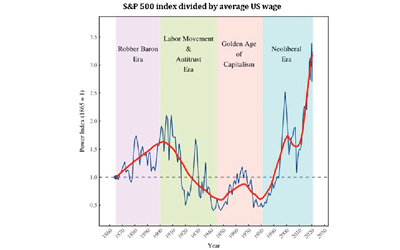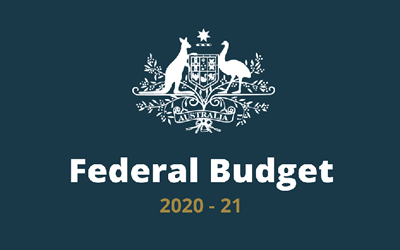
How to pay off your mortgage sooner and accelerate building your wealth
For most people, their mortgage will be the largest debt they will have in their lifetime. Because there are no tax benefits on this type of debt, it’s worth considering paying it off (or at least partially down) quickly so can make the most of the opportunity to accumulate wealth outside the home.
So, here are a few tips which can help you get that mortgage down.
1. Get the right loan from the start
There are so many factors to consider when deciding which is the most appropriate loan. And the loan your friend has may not be the best loan for you. Just like the loan with the lowest advertised interest rate could cost you more in the long term.
2. Understand how to use your loan
Once you have gone to the effort of structuring your loan correctly, it’s important that you know how to get the most benefit out of it. For example, an ‘offset’ account may not help you pay your home loan quicker unless you have the discipline to use it as it should be used.
3. Increase your repayments – every dollar helps!
Whether it be a lump sum payment or increasing your monthly repayments, every extra dollar will result in a saving to your interest cost and thus will reduce the time to repay your mortgage. At a 2.5%pa interest rate, an additional $200 per month repayment on the average mortgage will save approx. $30,000 in interest costs. At a 4.5% interest rate, this increases to approximately $60,000 in interest costs
4. Work on your loan early
During the early years, a higher proportion of your loan repayments are going towards paying the interest expense, with a smaller portion reducing your principal owed. So, commiting to make larger additional/lump sum repayments during the initial years of your loan will repay a larger amount of the principal and so will save on the interest costs.
5. Ask your bank for a discount
You’ll be surprised with the reduction you may get on your interest rate if you just ask.
6. Better still use a pro-active mortgage broker
A great mortgage broker is invaluable. From recommending the best loan specifically for you, to explaining how to best utilize it to getting on the front foot and asking the financial institution for a discount. Our lending manager, Cameron Purdy was able to secure our client a further discount 18 months into her loan by simply getting on the front foot and negotiating with bank. It resulted in a saving of over $900 per month!
7. Build Wealth while accelerating your mortgage repayments
A ‘debt recycling’ strategy enables you to simultaneously pay off your home loan sooner, while building an investment portfolio.
So rather than wait until you pay off your loan before commencing the build up of your wealth/investments, you can start doing it now!
And while the investment portfolio is growing, the income it generates is directed towards the home loan acting as another source of repayments and accelerating the time taken to be mortgage free!
Debt recycling is an extremely effective strategy and while popular among many professionals, it is something all who have a mortgage should consider.







